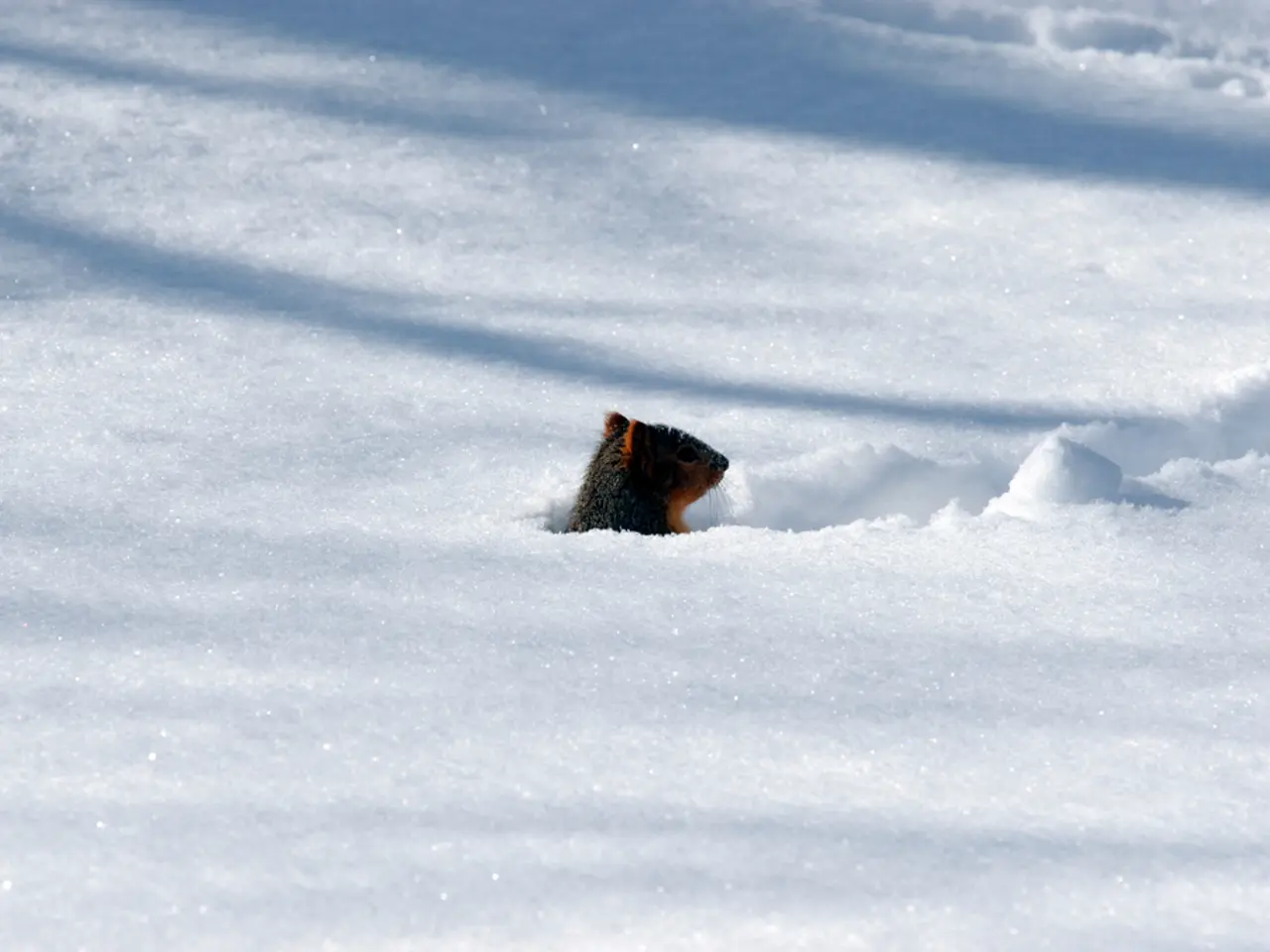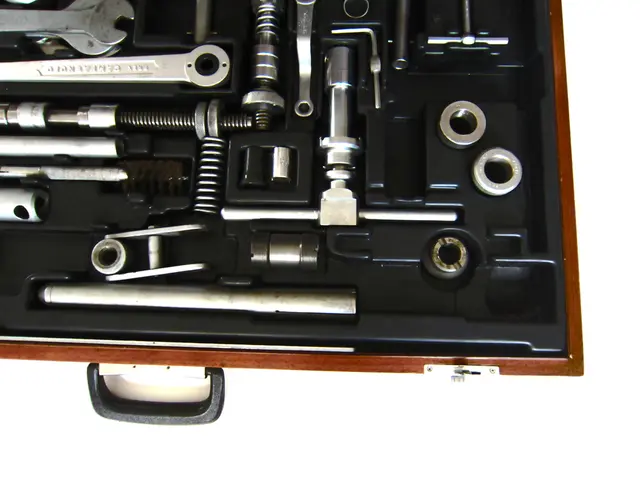Exploring the Most Severe Frost Scenarios in Intense Cold Temperature Trials
In the frigid depths of Hokkaido, Toyota's Shibetsu Proving Ground serves as a crucible for testing vehicles in some of the world's harshest winter conditions. The facility, home to a dedicated team of test drivers, is where Toyota strives to make ever-better cars for extreme cold environments.
The 80-day testing season begins in December, but the limited chances for testing in the minus 30-degree (-22°F) environment mean that only about 20 good days are available. This scarcity makes each test day crucial, as they aim to achieve the worst possible conditions for thorough evaluation.
Test drivers, such as Mitsuyoshi Shiozaki, a local expert in Hokkaido's roads, and Takumi Otomo, oversee the tests. Shiozaki recently handled a RAV4 test on a 20% incline covered in slick snow, while Otomo replicates "worst-case" icing conditions by circling a test course for several hours in sub-zero temperatures.
One unique test at Shibetsu is the "Deep Snow Plow," where a 2.5-tonne Land Cruiser 300 is rammed into walls of snow more than 50 or 60 cm deep. Test drivers anticipate various situations that users might encounter, including stepping on the gas or easing off when stuck in deep snow.
The tests are not only focused on snow-covered terrain but also water and slush from roads, which can significantly affect vehicle performance in cold climates. To ensure vehicles can handle knee-deep snow on side streets off major roads, test drivers conduct tests on such terrains as well.
In addition to testing vehicles' capabilities, the Shibetsu Proving Ground also checks for damage to parts due to ice buildup. Otomo conducts ice accretion testing to assess potential damage to parts like bumpers or the radiator. Takaaki Suzuki, of the Shibetsu Vehicle Testing Section, oversees these tests for the Land Cruiser.
These rigorous cold-weather validation tests are essential for Toyota to guarantee reliability and safety in markets with severe winter climates. The tests include operating vehicles continuously in extreme cold to observe behaviour, testing cold starts to verify engine and battery performance, evaluating heating and defrost systems for cabin comfort, assessing traction and handling on ice and snow, and monitoring long-term durability effects of cold on vehicle components.
In conclusion, Toyota's cold-climate testing at the Shibetsu Proving Ground in Hokkaido, Japan, is a testament to the company's commitment to ensuring that its vehicles function properly in harsh winter environments. By subjecting its vehicles to extreme cold weather conditions, Toyota can guarantee reliability and safety in markets with severe winter climates.
Read also:
- IM Motors reveals extended-range powertrain akin to installing an internal combustion engine in a Tesla Model Y
- Australians Embrace Tesla's Powerwall as 4,000 Units are Sold in a Single Month of July
- New York City Bids Farewell to Rideshare Services Provided by Tesla Model Y, Given the Service's Termination
- Competitor BYD Nipping at Tesla's Heels: European Victories for BYD Explained







